This article was co-authored by Siddharth Tambar, MD and by wikiHow staff writer, Kira Jan. Dr. Siddharth Tambar, MD is a board certified rheumatologist at Chicago Arthritis and Regenerative Medicine in Chicago, Illinois. With over 19 years of experience, Dr. Tambar specializes in Regenerative Medicine and Rheumatology, with a focus on platelet rich plasma and bone marrow derived stem cell treatments for arthritis, tendinitis, injuries, and back pain. Dr. Tambar holds a BA in Economics from State University of New York at Buffalo. He earned his MD from State University of New York at Syracuse. He completed his Internship, Residency in Internal Medicine, and his Rheumatology Fellowship at Northwestern Memorial Hospital. Dr Tambar is board certified in both rheumatology and internal medicine. He also holds Musculoskeletal Ultrasound Diagnostic and Interventional certifications from the American College of Rheumatology and the American Institute of Ultrasound in Medicine.
There are 20 references cited in this article, which can be found at the bottom of the page.
This article has been viewed 37,951 times.
Arthritis bumps on your fingers can be painful and get in the way of your daily activities. These bumps are called Heberden’s nodes when they occur at the fingertips and Bouchard’s nodes when they appear at the joint in the middle of your finger.[1] These bumps are caused by bone growths from osteoarthritis, and while you can’t make them disappear completely, you can take steps to reduce your pain, swelling, and discomfort. We’ll show you how to alleviate inflammation in your hands and get relief from arthritis bumps in no time.
Steps
Expert Q&A
-
QuestionDoes the anti-inflammatory diet work to reduce arthritis symptoms?
 Siddharth Tambar, MDDr. Siddharth Tambar, MD is a board certified rheumatologist at Chicago Arthritis and Regenerative Medicine in Chicago, Illinois. With over 19 years of experience, Dr. Tambar specializes in Regenerative Medicine and Rheumatology, with a focus on platelet rich plasma and bone marrow derived stem cell treatments for arthritis, tendinitis, injuries, and back pain. Dr. Tambar holds a BA in Economics from State University of New York at Buffalo. He earned his MD from State University of New York at Syracuse. He completed his Internship, Residency in Internal Medicine, and his Rheumatology Fellowship at Northwestern Memorial Hospital. Dr Tambar is board certified in both rheumatology and internal medicine. He also holds Musculoskeletal Ultrasound Diagnostic and Interventional certifications from the American College of Rheumatology and the American Institute of Ultrasound in Medicine.
Siddharth Tambar, MDDr. Siddharth Tambar, MD is a board certified rheumatologist at Chicago Arthritis and Regenerative Medicine in Chicago, Illinois. With over 19 years of experience, Dr. Tambar specializes in Regenerative Medicine and Rheumatology, with a focus on platelet rich plasma and bone marrow derived stem cell treatments for arthritis, tendinitis, injuries, and back pain. Dr. Tambar holds a BA in Economics from State University of New York at Buffalo. He earned his MD from State University of New York at Syracuse. He completed his Internship, Residency in Internal Medicine, and his Rheumatology Fellowship at Northwestern Memorial Hospital. Dr Tambar is board certified in both rheumatology and internal medicine. He also holds Musculoskeletal Ultrasound Diagnostic and Interventional certifications from the American College of Rheumatology and the American Institute of Ultrasound in Medicine.
Board Certified Rheumatologist It's a very good question. I have seen people perform elimination diets to reduce certain food groups that may help reduce flare ups. Some people appear to have success with a diet heavy in plant-based foods. It looks like there's some benefit there. In terms of preventing the spread of the disease, there doesn't seem to be any good studies to support it. In general though, improving your diet is never a bad idea.
It's a very good question. I have seen people perform elimination diets to reduce certain food groups that may help reduce flare ups. Some people appear to have success with a diet heavy in plant-based foods. It looks like there's some benefit there. In terms of preventing the spread of the disease, there doesn't seem to be any good studies to support it. In general though, improving your diet is never a bad idea.
References
- ↑ https://health.clevelandclinic.org/is-there-any-help-for-hard-painful-bumps-on-your-fingers-from-osteoarthritis/
- ↑ https://www.arthritis.org/health-wellness/healthy-living/managing-pain/pain-relief-solutions/heat-therapy-helps-relax-stiff-joints
- ↑ https://health.clevelandclinic.org/whats-better-for-soothing-arthritis-pain-ice-or-heat/
- ↑ https://www.health.harvard.edu/pain/new-ways-to-beat-osteoarthritis-pain
- ↑ https://www.mayoclinic.org/diseases-conditions/osteoarthritis/diagnosis-treatment/drc-20351930
- ↑ Siddharth Tambar, MD. Board Certified Rheumatologist. Expert Interview. 25 August 2020.
- ↑ https://medlineplus.gov/ency/patientinstructions/000374.htm
- ↑ https://www.hopkinsarthritis.org/arthritis-info/osteoarthritis/oa-treatments/
- ↑ https://www.mayoclinic.org/drugs-supplements/capsaicin-topical-route/proper-use/drg-20062561
- ↑ https://www.hopkinsarthritis.org/arthritis-info/osteoarthritis/oa-treatments/
- ↑ https://www.arthritis.org/health-wellness/healthy-living/managing-pain/pain-relief-solutions/cbd-for-arthritis-pain
- ↑ https://www.health.harvard.edu/blog/does-cbd-help-with-arthritis-pain-2020041019418
- ↑ Siddharth Tambar, MD. Board Certified Rheumatologist. Expert Interview. 25 August 2020.
- ↑ https://my.clevelandclinic.org/health/diseases/7082-arthritis-of-the-wrist-and-hand
- ↑ Siddharth Tambar, MD. Board Certified Rheumatologist. Expert Interview. 25 August 2020.
- ↑ https://www.arthritis.org/health-wellness/treatment/complementary-therapies/supplements-and-vitamins/vitamins-supplements-arthritis
- ↑ https://www.aafp.org/afp/2008/0815/p471.html
- ↑ https://www.arthritis.org/health-wellness/treatment/complementary-therapies/supplements-and-vitamins/vitamins-supplements-arthritis
- ↑ https://www.mayoclinic.org/drugs-supplements-glucosamine/art-20362874
- ↑ https://www.arthritis.org/health-wellness/healthy-living/nutrition/anti-inflammatory/the-ultimate-arthritis-diet
- ↑ https://www.mayoclinic.org/diseases-conditions/osteoarthritis/diagnosis-treatment/drc-20351930
- ↑ https://www.mayoclinic.org/diseases-conditions/arthritis/multimedia/arthritis/sls-20076952
- ↑ https://www.aafp.org/afp/2012/0101/p49.html
- ↑ https://www.uchicagomedicine.org/forefront/orthopaedics-articles/how-to-treat-arthritis-in-the-hands
- ↑ https://pubmed.ncbi.nlm.nih.gov/26833862/
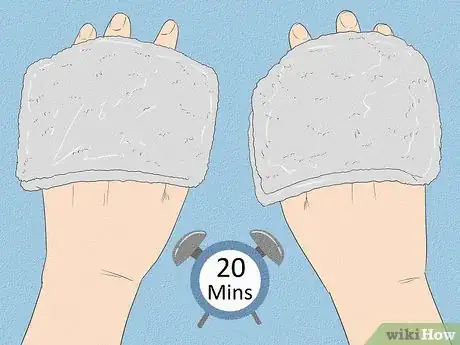
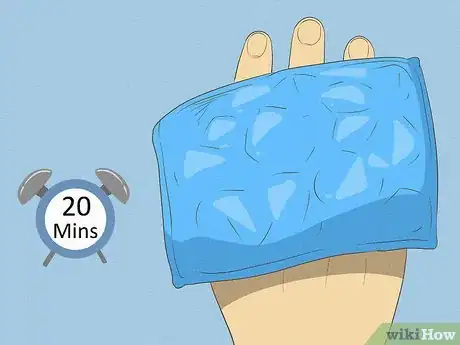
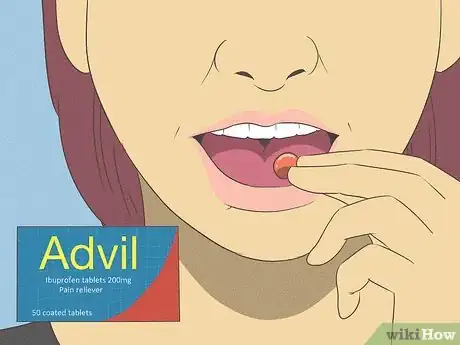





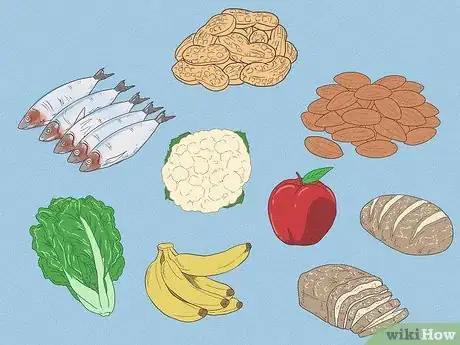




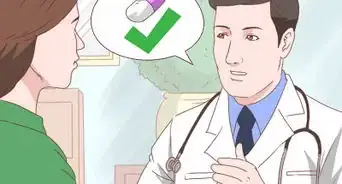
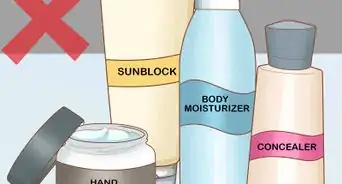





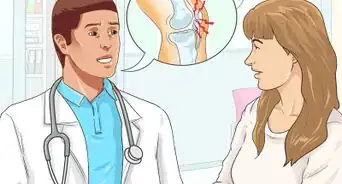


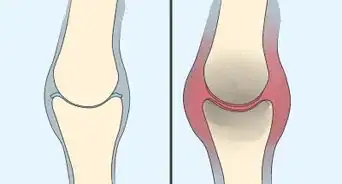
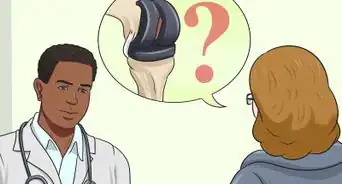









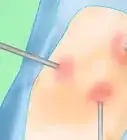



































Medical Disclaimer
The content of this article is not intended to be a substitute for professional medical advice, examination, diagnosis, or treatment. You should always contact your doctor or other qualified healthcare professional before starting, changing, or stopping any kind of health treatment.
Read More...